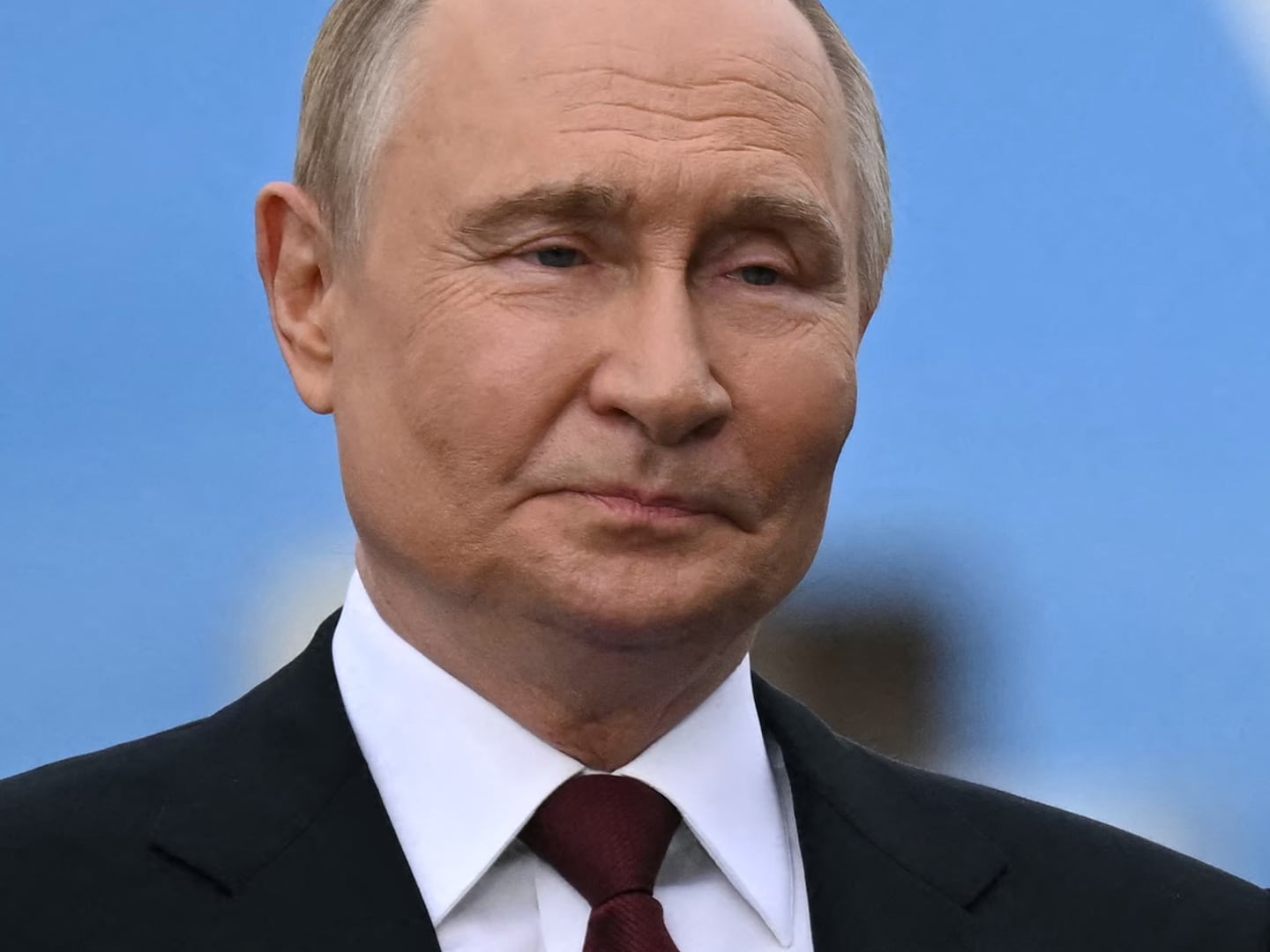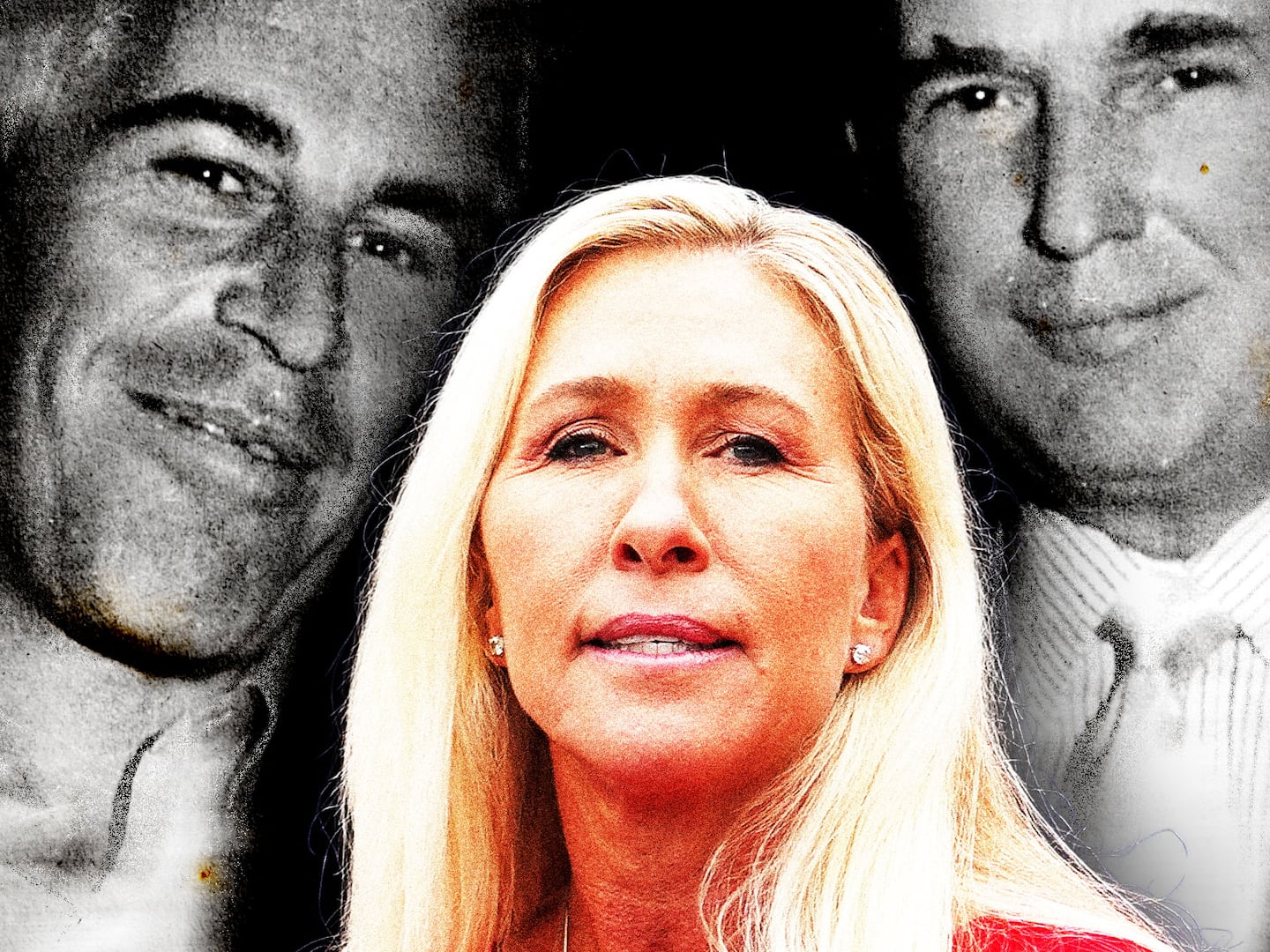It’s Linsanity. He’s Lintastic. It’s a Linderella story. If Jeremy Lin and the New York Knicks keep winning, the tabloids are going to run out of nicknames for the phenom from Harvard.
Phenom, if not yet savior. Cut by two teams and nearly cut by the Knicks, Lin shot out of the gate two weeks ago against the New Jersey Nets.Seven consecutive wins later, and we know the Crimson Kid’s got serious game. Lin has averaged 24 points and 9 assists with 3 double-doubles since the Nets game. But the thing about phenoms is they can come in hot and then fizzle into a lower voltage of play.
Longtime Los Angeles Dodgers fans will remember pitcher Fernando Valenzuela, who in 1981 posted a 2.48 earned run average and became the first and only player to win the Rookie of the Year Award and the Cy Young Award in the same season. The Dodgers capped the year with a World Series win over the New York Yankees, as Fernandomania shone through the L.A. smog. After that blazing start, Valenzuela plateaued into an above-average starting pitcher, but he could not sustain his early Hall of Fame–caliber dominance for his entire career.

“There’s a good chance Lin will be the same thing,” says Texas Tech professor Alan Reifman, author of Hot Hand: The Statistics Behind Sports’ Greatest Streaks. “Thirty years later he will be remembered as a curiosity by a handful of Knicks fans. On the other hand, maybe he’ll be an NBA Hall of Famer—but I think more likely he’ll be the person who briefly captured our imagination.”
Lin is pretty in the paint, for now, but research shows that hot streaks simply don’t last. Hot streaks are, in fact, pure fiction.
The seminal paper on streakiness in sports is “The Hot Hand in Basketball”, a piece published in Cognitive Psychology in 1985. Using data from the 1980–81 Philadelphia 76ers season, the authors from Cornell University and Stanford tackled the so-called gambler’s fallacy, in which prior events supposedly influence future outcomes. In sports terms, this is often referred to as a hot streak.
“[The hot streak] just seems an irresistible fact, but it turns out it isn’t the case,” says Cornell professor Thomas Gilovich, coauthor of the “Hot Hand” paper. “The distribution of hits and misses in the game of basketball is the same as flipping a coin.”
The dozens of academic analyses refuting streakiness doesn’t mean Lin won’t be very good. Nate Silver at the FiveThirtyEight blog crunched Lin’s shooting stats and thinks odds are about 50–50 that Lin will play in multiple all-star games. In Vegas these would be fantastic odds. In sports Lin’s future wins really come down to circumstance.
“People confuse the existence of streaks, which undoubtedly occur, with momentum,” says University of Chicago professor Tobias Moskowitz, coauthor of Scorecasting: The Hidden Influences Behind How Sports Are Played and Games Are Won.
A player who hits five shots in a row is no more statistically likely to hit the sixth shot, but put together several strong games in a row, and the picture appears to change.
“I have to say I’ve been impressed,” Moskowitz says. “What are we up to, eight games? Something like that? This guy is probably better than I initially thought, but probably not as good as everyone thinks he is—but he is good.”
Streaks and momentum? It’s all in your head. Nothing more than statistical randomness, especially in baseball. (Compared to basketball, which is played in a relatively controlled environment with evenly matched players, baseball has more variables that can affect outcomes.) As Leonard Mlodinow, author of The Drunkard’s Walk: How Randomness Rules our Lives, explains, randomness typically comes from two sources: a lack of information and environmental factors. In theory, if we had complete physical data on each player—a player might be hiding an injury, for instance—and the exact playing conditions (precise changes in wind speed and light and how each affects, say, a hitter or pitcher), we could accurately predict the outcome of any contest.
“Another factor is the uncontrollability of your opponent,” Mlodinow says. “In baseball I find there is a wider range of talent that’s opposing. You have some crappy pitchers and some unhittable pitchers.”
That’s why Joe DiMaggio’s 56-game hitting streak in 1941 is the only streak in sports history considered by some researchers to be a statistical anomaly and could be the only example ever of a true hot streak. One study simulated 10,000 baseball seasons and showed that, statistically speaking, not only should DiMaggio’s streak have occurred before 1941, but that a player achieved at least a 56-game hitting streak in nearly half of the simulations. DiMaggio wasn’t even one of the top 25 players of all time most likely to have such a streak. In other words, it’s odd that DiMaggio was the one who achieved his streak, and odd that it didn’t happen sooner. The deviation is that DiMaggio was the one who did it when he did it.
“If I went and played for the Lakers and had Lin’s stats, I would say that’s a greater feat than Joe DiMaggio’s, because it’s more of a fluctuation. I am so bad that the chances of someone like me having a streak in those games would be one in a billion or a trillion,” Mlodinow says. “Jeremy Lin’s streak is not very impressive if he were Kobe Bryant. As a mathematician you’re impressed by what’s far from the norm.”
In sports that are less complex, such as bowling, research has shown some evidence of a hot hand, according to Reifman. After a string of consecutive strikes, a bowler has a higher percentage of scoring subsequent strikes, for instance. The hot hand seems more common in sports where “there’s a relatively simple motion that can be reiterated in quick succession, if there are only a few seconds in between and your brain and your arm can remember the way you did it the last time,” Reifman says. “But in basketball there’s so much going on, it seems that it cannot be done.”
Except, maybe, for the free throw. The free throw is relatively controlled. Defenders step aside, and the shooter has a clear view. Using a different statistical method from Gilovich’s landmark study, which examined free throws of Boston Celtics players from two seasons, researchers recently analyzed five years of free-throw data for the entire NBA. After a successful first free throw, the next free throw was 6 percent more likely on average to go in, says coauthor Gur Yaari, a Yale University postdoctoral associate.
“Then it gets interesting,” Yaari says. “There are two explanations for what we observed. One is what people tend to think about when they hear about the hot hand. It’s kind of a psychological-fit mechanism; there are two extremes. You throw the ball, you succeed, you get more confident; therefore your skills somehow improve, and your chances of scoring the next throw are better. The other end of the same phenomenon is you miss the first throw, you get unconfident, and you miss the second one as well. But there’s another explanation, and we called it time fluctuation. For a given player, he has good periods and bad periods.”
This broader approach, where hot streaks are defined by good and bad periods, is quite different from the more granular, traditional definition of a hot streak—the misperception that in the complex sports a series of successes over a short period will lead to future, immediate success. Yaari’s study, it’s important to reiterate, found the hot hand in only one aspect of the game.
When a player comes out of nowhere, as Jeremy Lin has, it’s understandable that the casual fan or commentator will take an if-smoke-then-fire view. It’s why, when sportscasters and fans see a player hit several three-pointers in a row, they tend to attribute that performance to the hot streak. But when it comes to streakiness in major American sports, the hot streak is smoke and mirrors, not fire.
“What we’re seeing [with Lin] more than anything is opportunity,” Gilovich says. “He was getting no playing time before, so he couldn’t have done this. It seems like a very nice mix between coach, coach’s system, and player.”
Whether Lin really is this good or if he is experiencing a period of above-average performance, he’s already brought the Knicks something they haven’t had since Patrick Ewing was throwing down at Madison Square Garden: swagger. If the wins keep flowing like water and Linsanity is in the thick of it, Knicks fans won’t need numbers to tell them that Jeremy Lin is their basketball savior.






